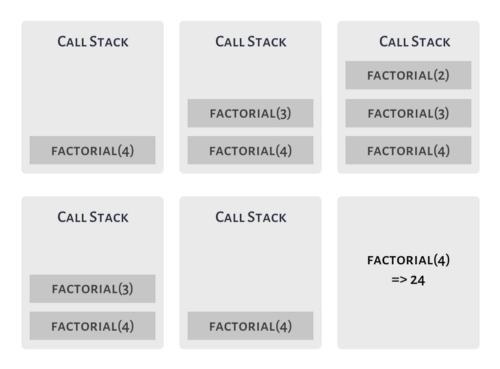- 今日推荐开源项目:《绿色回复 DeepCreamPy》
- 今日推荐英文原文:《Recursion — What is it?》

今日推荐开源项目:《绿色回复 DeepCreamPy》
推荐理由:一个基于深度学习的工具,通过神经网络来填充图片中被删去的区域(在示例中的绿色区域)。不过实际上,它对其他颜色的抹去也一样可以进行修复,它最大的局限性在于对现实生活中的照片以及黑白色照片无能为力,而且也没有办法对 gif 动图生效。尽管如此,它还是能对不少照片起到效果,在要用这个工具做什么上还是请各位自行发挥吧,它能做的可不只是去掉绿色而已。
今日推荐英文原文:《Recursion — What is it?》作者:John Mark Redding
原文链接:https://medium.com/@johnmarkredding/recursion-what-is-it-643169503159
推荐理由:这篇文章是面向编程新手的——介绍了递归的概念,这玩意是经常用得上的
Recursion — What is it?
We’ll go over the definition of recursion, and some examples of how it could be used. Next we’ll go over the efficiency, and sum up why you might use it. What it is… Recursion is a method of problem solving which relies on recursion to solve the problem. Good definition, right? You’ll see why that sort of makes sense. In the mean-time, here is a better definition: Recursion is a method of problem solving which relies on solving smaller versions of the same problem to complete the solution. In programming, it usually just refers to a function which calls itself. Recursion: a function which calls itself Sounds simple, right, but this can get you in trouble. Attribution
When using recursion you answer the smallest version of a problem possible, and make a clause that stops the recursive call if that smallest version is met.
This is called the base-case, or the exit condition.
What it looks like
Here are some of the basic examples of how it works.
Factorial.rb
A basic factorial function in Ruby.
Attribution
When using recursion you answer the smallest version of a problem possible, and make a clause that stops the recursive call if that smallest version is met.
This is called the base-case, or the exit condition.
What it looks like
Here are some of the basic examples of how it works.
Factorial.rb
A basic factorial function in Ruby.
def factorial(num)
#base case – the point at which the problem stops calling itself.
if num == 2
2
else
num * factorial(num - 1)
end
end
puts factorial(gets.chomp.to_i)
factorial(4) => 24
function pal(word) {
if (word.length <= 1) {
return true
} else {
let fChar = word.shift()
let lChar = word.pop()
if (fChar == lChar) {
return pal(word)
} else {
return false
}
}
}
let eve = ['e','v','e']
let steve = ['s','t','e','v','e']
console.log(`Is ${eve.join("")} a palindrome: ${pal(eve)}`)
console.log(`Is ${steve.join("")} a palindrome: ${pal(steve)}`)
"Steve".reverse() == "Steve" => false
"eve".reverse() == "eve" => true
 So, recursion seems fun and all, but is it actually efficient?
Efficiency is going to depend on the application of the recursion, and which language or compiler being used. In most cases looping will be more memory efficient, as recursion takes up memory in the call stack.
So, recursion seems fun and all, but is it actually efficient?
Efficiency is going to depend on the application of the recursion, and which language or compiler being used. In most cases looping will be more memory efficient, as recursion takes up memory in the call stack.
 Often, in the case of larger problems, programmers find a simple solution using recursion, even if looping is possible. It is then up to the compiler to maximize efficiency. Some compilers will actually convert a recursive function to its iterative equivalent.
Generally, from searching around, there is no particular benefit to using recursion other than simplicity of code. Source.
What is it again?
Recursion is impressive to many because it looks rather simple, and does so much. It requires breaking down problems to their smallest instance. Even so, it often doesn’t offer any distinct advantages over looping.
So, if you want to impress interviewers, or simplify your code’s readability, learn some recursion. Learn it anyway, as you’ll run into it in other developers code. But think about whether the it will actually benefit your program.
Often, in the case of larger problems, programmers find a simple solution using recursion, even if looping is possible. It is then up to the compiler to maximize efficiency. Some compilers will actually convert a recursive function to its iterative equivalent.
Generally, from searching around, there is no particular benefit to using recursion other than simplicity of code. Source.
What is it again?
Recursion is impressive to many because it looks rather simple, and does so much. It requires breaking down problems to their smallest instance. Even so, it often doesn’t offer any distinct advantages over looping.
So, if you want to impress interviewers, or simplify your code’s readability, learn some recursion. Learn it anyway, as you’ll run into it in other developers code. But think about whether the it will actually benefit your program.